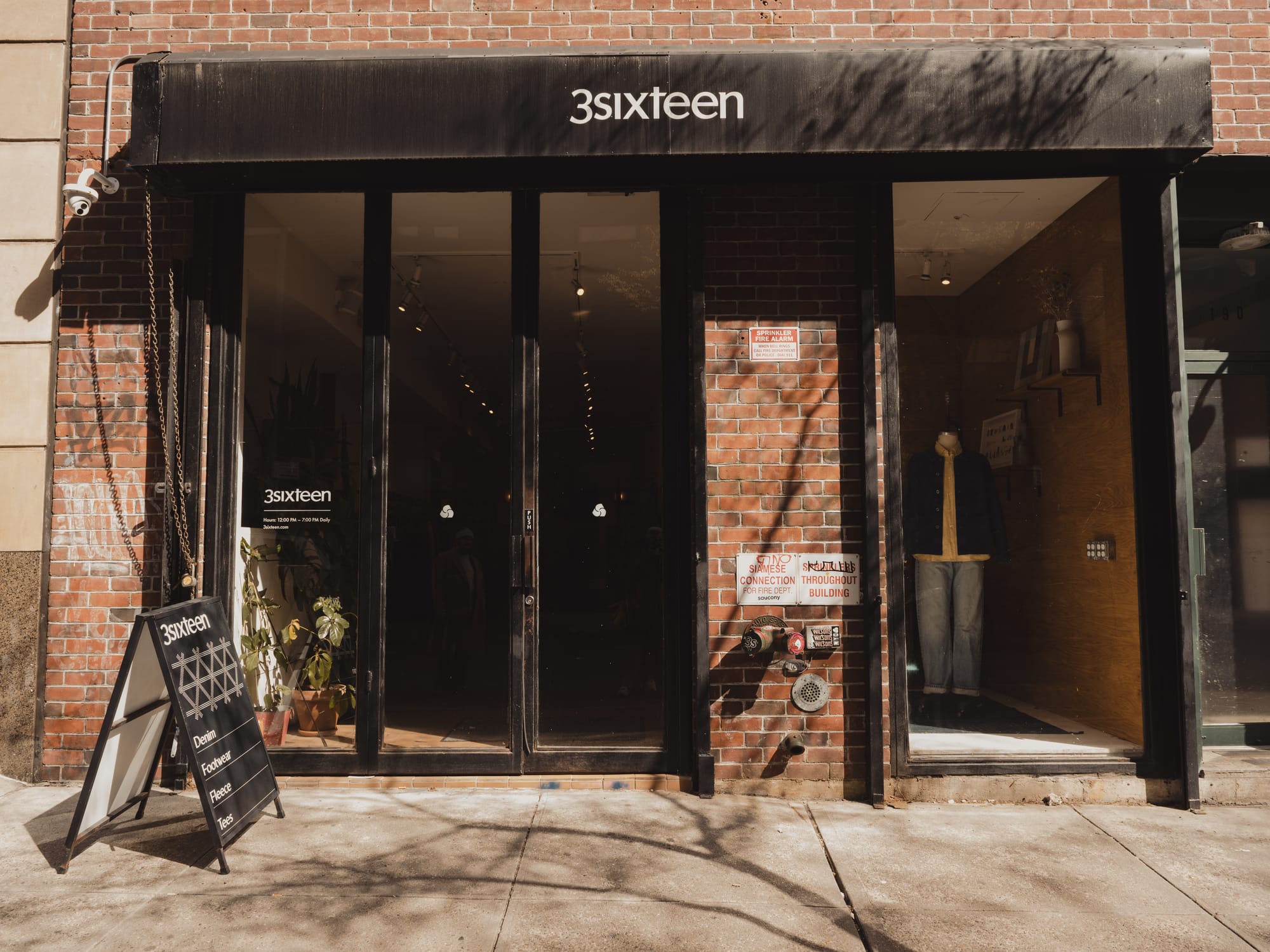Tariffs and the American Clothing Business
These are ostensibly the beneficiaries of the policy, the people the administration claims it is trying to help. And many of them were very eager to comment on the topic of what tariffs meant to them.
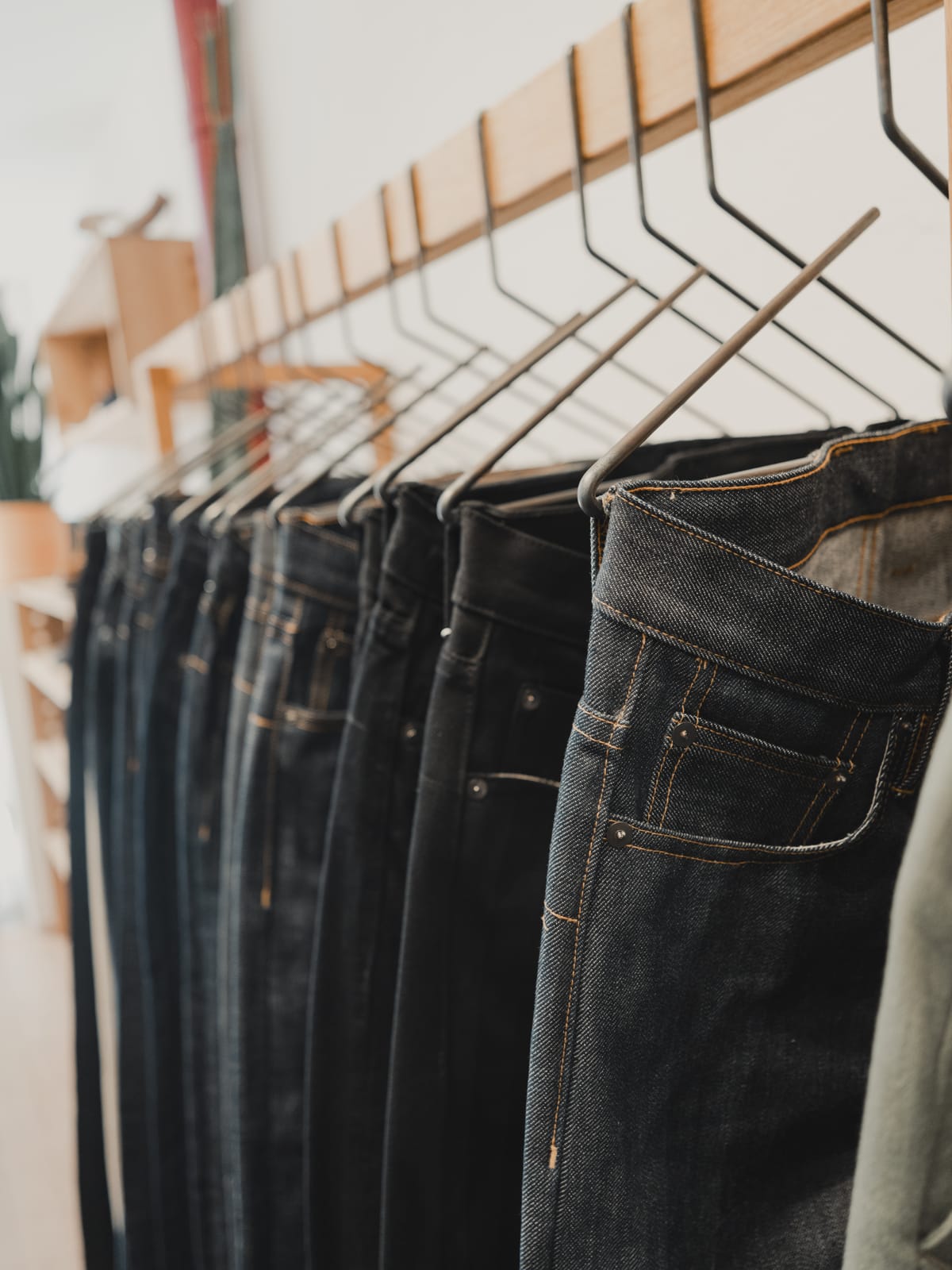
This is not a political blog. This is not an economics blog, although I do occasionally enjoy the topic. This is not a business blog. But this is a clothing blog, and this topic has become incredibly important to the clothing industry.
In any other world, this would be the most boring title you've ever seen. Man, nobody would click on this article, not even the stodgiest economics professor.
But here we are. I know a quite a few businesses making clothing in the United States of America. I know a few more businesses meaningfully based in the US. These are ostensibly the beneficiaries of the policy, the people the administration claims it is trying to help. And many of them were very eager to comment on the topic of what tariffs meant to them.
Last week, Andrew Chen of 3sixteen posted a reel to Instagram giving us some insights into how these tariffs are likely to affect his business. 3sixteen But I wanted to dig deeper. I decided to ask him and a few others about how tariffs would affect their businesses.
In addition to Andrew, I reached out to George Vlagos of Oak Street Bootmakers (a brand that makes all of its products in the US), Mike McLachlan of Manresa (a brand that was already in the process of moving production to the US before the tariffs), and Brian Davis of Wooden Sleepers (a curated vintage brand based in the US). Let's see what they had to say.
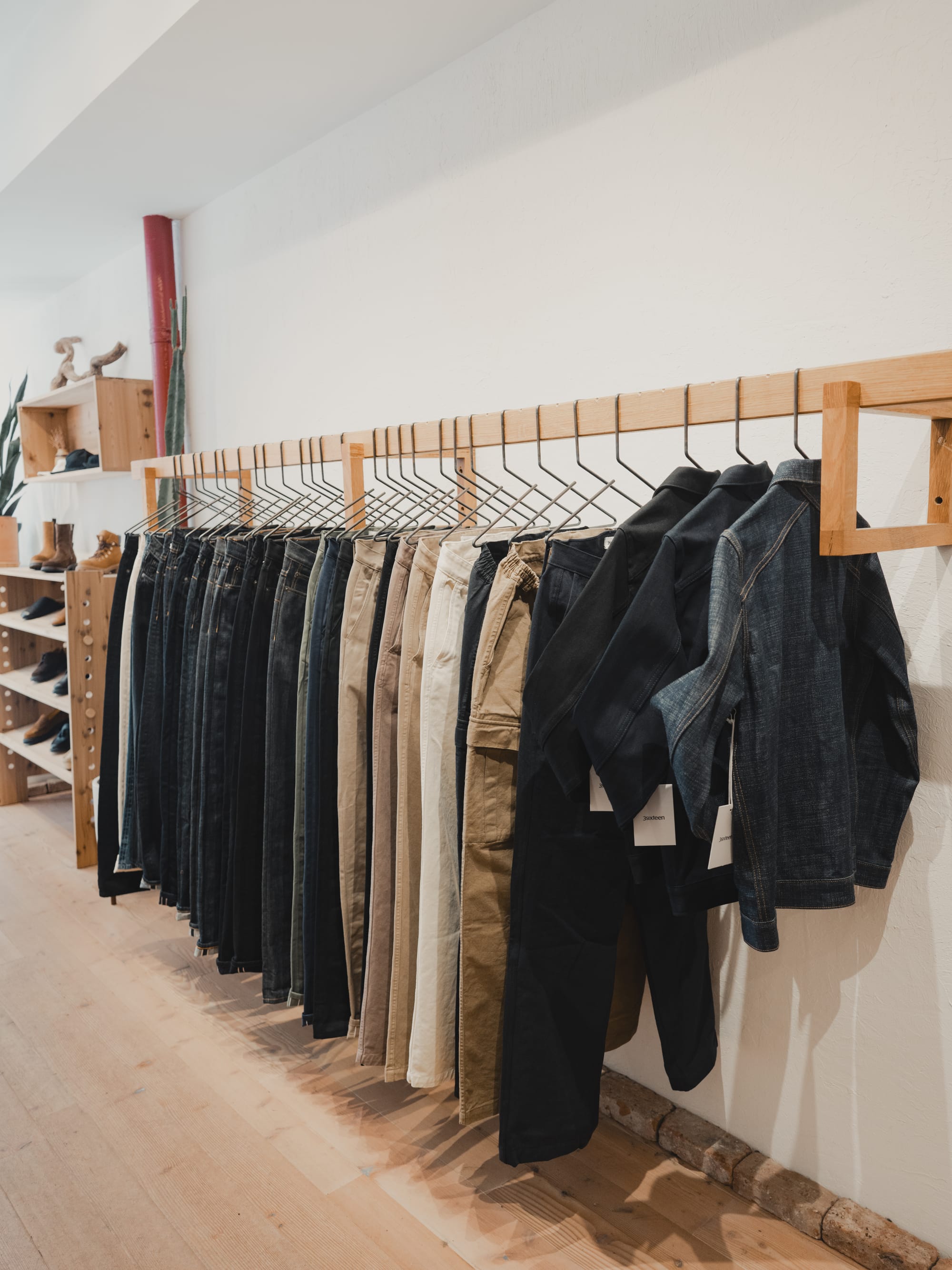
Do they think Tariffs are going to hurt or help on the supply side? Will they offer some competitive advantage?
While some of the men I spoke with were reluctant to predict the future, nobody was feeling optimistic.
As we saw in the original reel, 3sixteen makes its jeans and trucker jackets in the US, from denim made mostly at Kuroki Mills in Japan. Other fabrics and products they offer are made abroad, as well, but the denim is what they're known for.
So their costs are going up. But does their capacity for US manufacturing give them a potential competitive advantage or similar opportunity? Well, that's not really how Andrew is thinking about it.
We certainly have some measure of advantage over brands that only import goods in, but the road ahead will be difficult for all. It’s so hard to make something start to finish domestically. Even if you make a shirt in the US with fabric that is woven in the US, are your trims made here? Thread? Hangtags and polybags? What happens when cotton prices go up and your mill has to pay higher costs to bring it into America? We empathize with every brand that has to navigate these new challenges.
These challenges seem to outweigh any hypothetical competitive advantage that might be on the horizon. And as we see later on, the challenges extend past sourcing components.
George, in fact, doesn't even think of Oak Street Bootmakers as competing with other brands: "We are a small company, so we don’t feel like we are competing with anyone and need an advantage over them. In fact, we find a camaraderie with every American manufacturer. We want to see them all succeed. This is the only way that American manufacturing can survive."
Oak Street Bootmakers sources most components from the US, but they do import some from the UK and Canada. This portion may not be large, but it is still impactful: "While those components account for a relatively modest amount of our range, our margins are incredibly thin, so there surely will be some affect to our bottom line."
Mike seemed most pessimistic: "everything will be more expensive." but we'll come back to that quote later.
Finally, Although Wooden Sleepers is primarily a vintage reseller, they do produce some private label items—tee shirts, hats, tote bags—that are worth mentioning. "[M]y preference has always been MIUSA. ... We have a used blanks made in other countries, but that’s case by case - usually more of a supply issue than anything else." The vintage business might do better, but not for any reason that tariff advocates should be celebrating: "vintage and secondhand clothing is more popular than ever. When retail prices go up, people could turn to the secondhand market in greater numbers. Will that be good for my business specifically? Hard to tell." Great. Dollar stores, secondhand shops, and predatory loan businesses might all start doing better, if we're lucky.
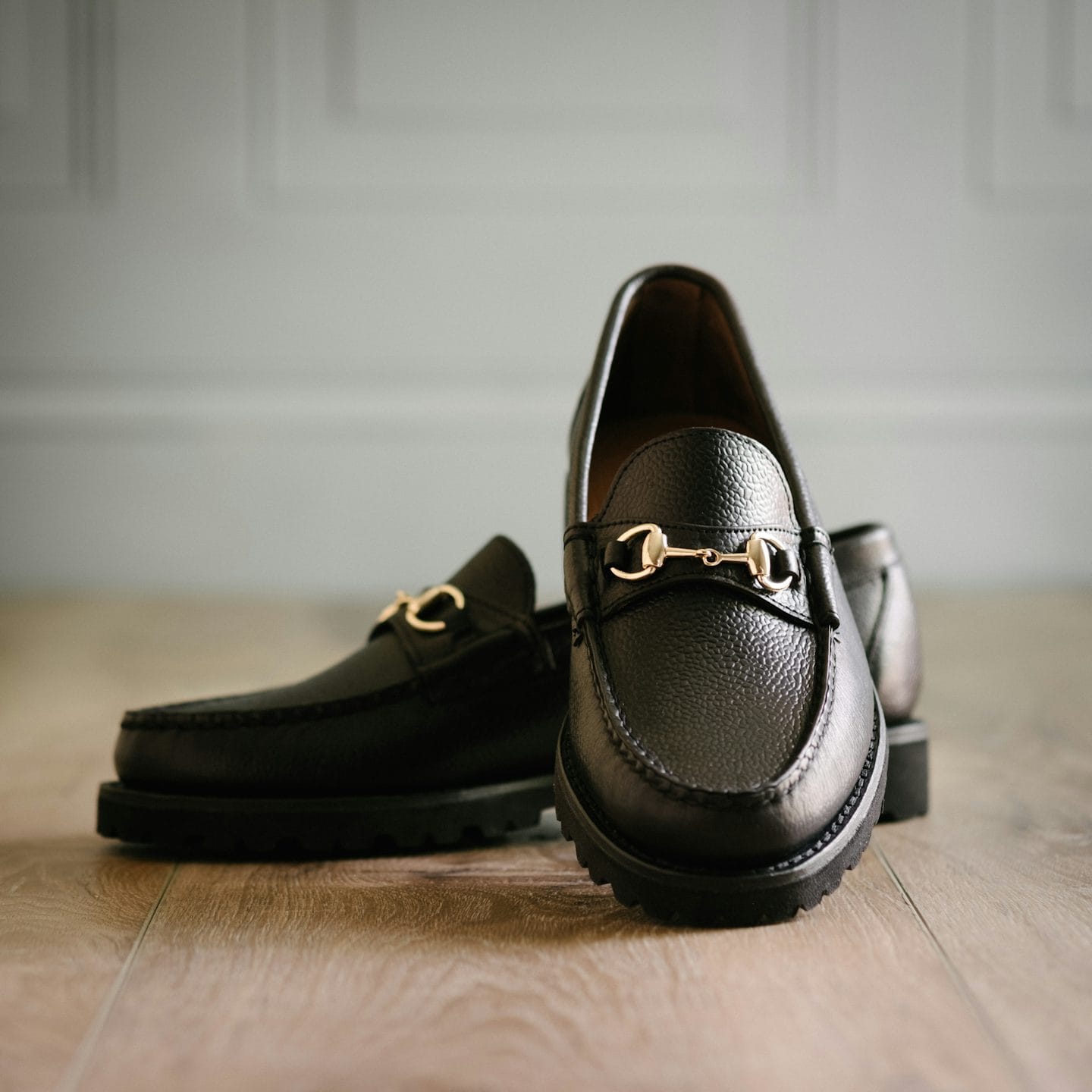
Will they just make more of their components in America, now?
Short answer: not really.
Andrew mentioned the fall of Cone Mills' "White Oak" factory in 2017. While there are still some small mills making selvedge denim in the US, they weren't able to find and source the fabric they wanted. "Every brand has a perspective on how they want to make their garments, and for us - we could make jeans with US fabric but it doesn’t have the look, hand feel, and aging that we are specifically looking for." So the folks at have denim custom-made in Japan, by mills like Kuroki that understand what they're going for.
3sixteen does make other products, of course. "We are looking at developing some fleece and jersey in the US just as a backup option, but our customers come to us for our flagship fabrics that we developed almost a decade ago in Canada; it will not be easy to replace them." But they are, first and foremost, a denim brand, and Andrew believes the Japanese denim is irreplaceable.
Since Oak Street Bootmakers uses fewer foreign components, George's response is simpler: "[W]e use the best components available for any given style. For nearly all our styles, this means almost all US components. While the tariffs may make our margins thinner for the few Canadian and British components we use, we will continue to offer our products at the best price we can." They don't use American components because of some grand romantic nationalism; they generally use them because they're the best, and because quality control is easier closer to home. They will not comprimise.
If foreign components are sometimes superior or irreplaceable, domestic manufacturing may not only be more expensive, but an unacceptable compromise in quality. But that outcome would be preferable over Mike's prediction:
American factories usually specialize in one thing. Tops, bottoms, cut-and-sew knits like tees and hoodies, fully fashioned knits, etc. And on top of that, they only want large orders to maximize effieciency. For a small brand, it's almost impossible to work with any of them. They often won't even respond to an inquiry unless you want to make hundreds of units of one style.
As the demand for american manufacturing, textiles, and supplies goes up, it will be harder for me to get my hands on basically anything. Larger brands will soak up all the best textiles and I'll be left with scraps as there just aren't enough mills to produce at a high level here. ... Building new mills, and new looms, and training a generation of young people who have never worked in the industry (and who probably don't want to) will take years, maybe even decades, and by then most small producers like me will be out of business. This is a win for the big guys, who had the money to make things here whenever they wanted anyway, and chose not to for increased profits.
To simplify: whatever good fabric can be made in the U.S. will be snatched up by large brands who can buy at scale; whatever existing factories can produce decent clothing will be taken. Those big companies will have pole position and ultimately leave small brands unable to compete. And that damage will last.
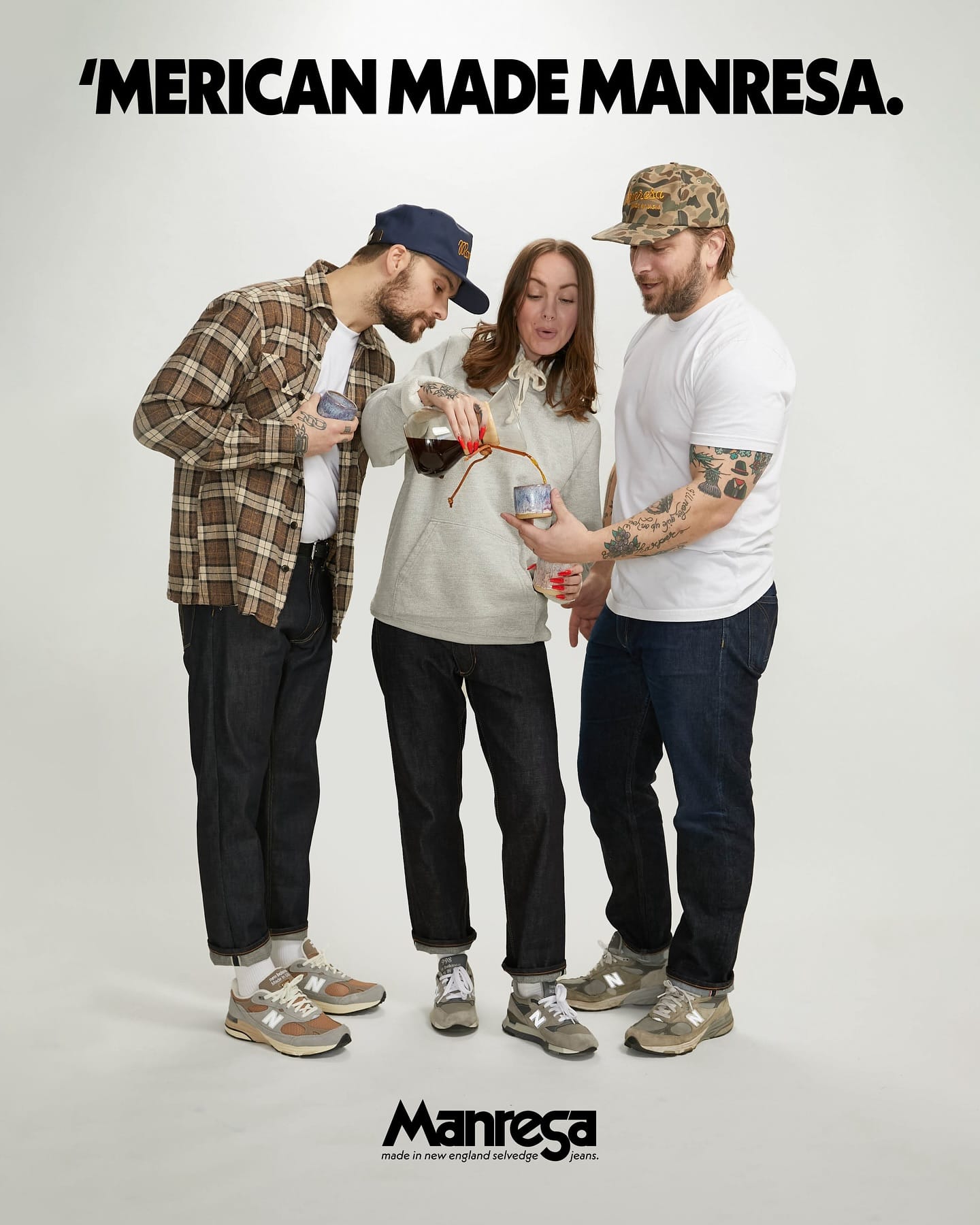
What about exports?
This is where Brian is concerned. Wooden sleepers does sell to foreign buyers, but past retaliatory tariffs against the US have gotten in the way of that. "[C]ustomers from certain countries having to pay exorbitant custom fees to claim their orders. Often, orders would be abandoned because customers did not want to pay the fee." He's afraid that widespread tariffs might discourage buyers.
To clarify, although the White House has referred to the US tariffs as "retaliatory," there's little truth to this. It seems, rather, that the tariff rates set are a crude calculation based purely on trade deficit, with a floor of 10% even for countries with a trade surplus. The White House offers a fancy-looking formula, based in no economic theory, and erases half its own formula by doing things like setting one flat rate for elasticity of demand across all imports. Elasticity of demand is very relevant to how tariff costs will be distributed between consumers, importers, and exporters, but instead of considering it seriously, the White House just said "it's four" and moved on.
The point here being that, since the tariffs are not retaliatory, they might—which is to say, they will, and already have—trigger retaliatory tariffs of their own from other nations. And of course, this is relevant to other businesses as well.
"[W]e have had a few Canadian retailers cancel portions of their SS25 orders due to uncertainties with tariffs," says Andrew. 3sixteen has stockists all over, but that might not last for long. "We will almost certainly face canceled orders in FW25 if the situation does not change."
The challenge is somewhat different for Oak Street Bootmakers: they sell directly to international consumers, and offer free international shipping on every order. "But, this also means our overseas sales are significantly less profitable for us." They even accept a loss on some orders in remote places in order to reach a wider audience. "At least at this stage in our development as a company, there is tremendous value in being able to form new customer relationships wherever there are customers." However, foreign tariffs may increase these costs dramatically; only time will tell.
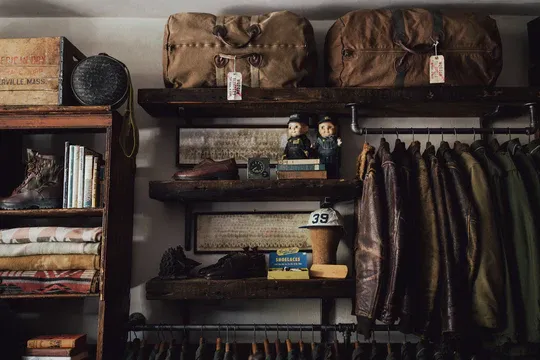
But it's just short-term pain, right?
"Nope," says Mike. "Everything will be more expensive. And the price will never come back down. (emphasis added) The point of the free market is competition. Competition breeds better quality and prices over time." I'm sorry, I shouldn't have to innundate you with Econ 101, but here we are. "These tariffs only incentivize large businesses coming here and doing mediocre work as they no longer have to compete with globally made product." This reminds me of the Fashion Nova sweatshops in the US.
Establishing the type of change we might want to see will take decades, will take investment, will take more work than most people expect. It takes time to develop supply chains, reliable fabric mills, and more. Investors need to trust in the stability of the nations where they build factories. Whether the tariffs take effect in 30 days or 90, they will not lead to quality manufacturing in the USA. It's simply not enough time.
And even if the tariffs are called off soon, the damage may already be done. Andrew noticed this problem in the past: "other countries are establishing free trade agreements to combat the difficulties they’re currently facing with the US. The EU-Japan free trade agreement that took effect in 2019 is a great example of that, and it caused us to lose business in a region (EU) that we worked hard to build for over a decade."
Despite some debate we've seen about whether the tariffs are temporary negotiating tools or a new world order of isolationism, it seems that the latter is inevitable. The channels of trade have already been rattled by the unpredictability of our policy; the move from 30 to 90 days may seem like soem reprieve, but it shows how haphazardly the inital policy was strewn together; or, worse, how the administration is manipulating markets for personal gain. For all these reasons, extensive trade policy like this is meant to go through congress, which moves more slowly and considers long-term implications. A Supreme Court ruling on the legality of these tariffs is likely, but yet again, the damage is already done.
As Mike says, "This is chaotic, poorly planned and damaging to the local and global economy." Chaos is bad for business, full stop.

How can they help American businesses, if they actually want to?
Well, first of all, they can stop making things worse Mike points out. "Just a week before releasing the tariff list, ... the current administration revived an old fee on small business loans that will take money right back out of the pocket of people trying to ... increase their production here." Similarly, we can look at the damage done to the wool fund; many presidents have worn Greenfield suits, but now, fabric will be harder than ever to source.
But they can do more. "If you want manufacturing to come back to America, you need to incentivize manufacturing in America by cutting taxes for companies who bring production back home, and then actually plan for the long term rebuild of our infrastructure." Long-term planning? Certainly, that's wishful thinking.
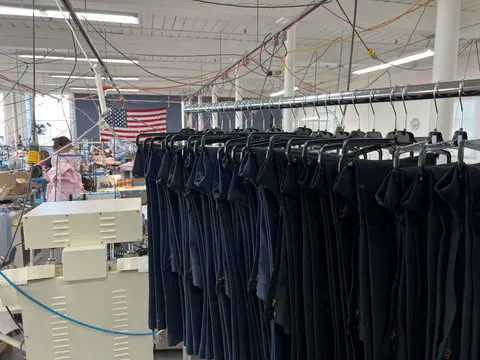
Closing Thoughts
Despite claims that this is "short term pain," or that it will help American manufacturing, these chaotic policy shifts only serve to damage American businesses. We've seen a lot of comments on the damage done to the stock market, but I felt we needed to highlight small and medium-sized businesses making great products. I've highlighted a few more below. But I'm going to leave you with Brian's words, which I think should help us get by.
I have always felt strongly that keeping dollars in your community and supporting small businesses where you can is the way to go. Smaller brands and shops are going to need your support more than ever. Every dollar counts, so I hope people can continue to support small business in a way that makes sense to them, even if prices go up.
Where to get American Clothing and Footwear
Just a few brands that I think make great clothing here in the USA. Not that I think there's anything wrong with Canadian footwear...
Clothing
- 3sixteen (not everything, but a lot)
- Manresa's Bluehorse Line
- Wooden Sleepers (vintage)
- American Trench
- Buck Mason (not everything, but a lot)
- Stan Ray
- Golden Bear
- Mark the Tailor
- Camber
- Gitman Brothers Vintage
- Freenote Cloth
- Jack Donelly
- Greenfield Clothiers
- Nili Lotan (not everything, but a lot)
- Engineered Garments
- Imogene + Willie
And footwear
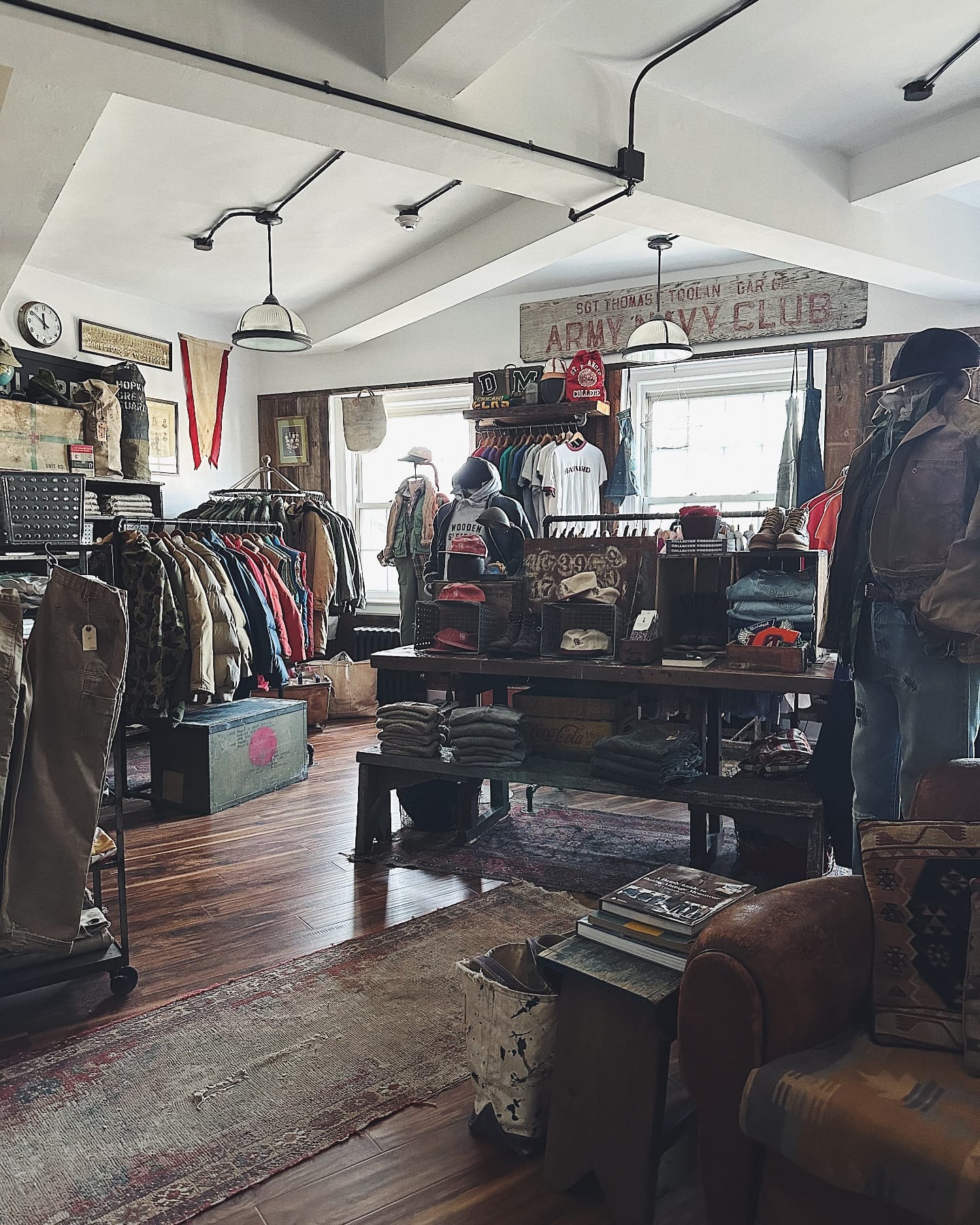
Further Reading
- Andrew Chen's original Instagram reel
- Bluehorse Made in America. A proper edumacation. | Manresa
- "Reciprocal" Tariff Calculations | Office of the United States Trade Representative
- Derek Guy has been calling out every right-wing weirdo who supports tariffs but uses foreign manufacturing. It's a hot mess. He also made fun of Bernie Sanders, but this one comes with a bit of a twist.
- Are the Tariffs Actually Good for American Brands? | GQ
- "Encouragement" of Stock Investors Draws Scrutiny | New York Times. Not about the clothes, but truly egregious.
